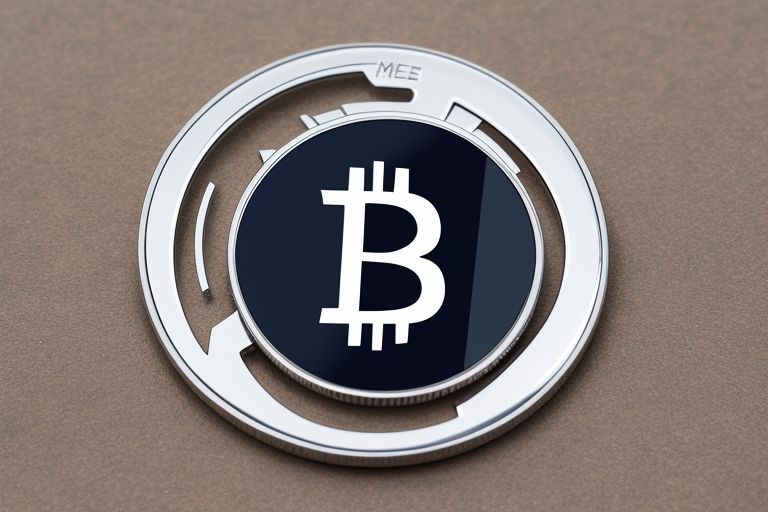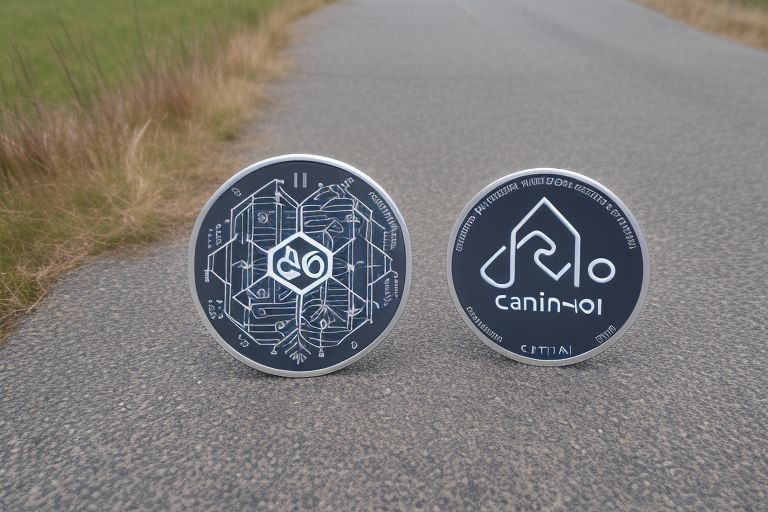Data-driven marketing has revolutionized the way businesses operate by providing insights that help optimize strategies, improve customer engagement, and increase ROI.
Leveraging data allows businesses to move beyond guesswork and instead, make smarter, evidence-based decisions that drive growth.
Understand the Power of Data-Driven Marketing
Data-driven marketing involves using real-time analytics, customer data, and insights to make informed marketing decisions. By tracking customer behaviors, preferences, and interactions across various touchpoints, businesses can create more personalized experiences, better-targeted campaigns, and ultimately, stronger relationships with customers.
The beauty of data-driven marketing lies in its ability to eliminate guesswork and provide concrete data on what strategies are working—and which aren’t. This approach helps companies allocate resources more effectively and refine marketing tactics to maximize results.
Collect and Analyze Customer Data
The first step in data-driven marketing is collecting data. This data can come from various sources, including your website analytics, social media interactions, email campaigns, and customer feedback surveys. Tools like Google Analytics, CRM systems, and social media insights provide valuable information about how customers interact with your brand and where they spend their time.
Once you have the data, it’s important to analyze it for patterns and trends. For example, analyzing website traffic can show you which pages are attracting the most visitors, how long users stay on your site, and where they drop off. Similarly, social media analytics can reveal which types of content are engaging your audience the most. Working with a digital marketing agency in Melbourne can help you track and measure campaign results.
Personalize Your Marketing Campaigns
One of the biggest benefits of data-driven marketing is the ability to create highly personalized campaigns. By using customer data, businesses can segment their audience based on factors such as demographics, interests, location, and past behaviors. This allows you to deliver tailored content and offers that resonate with specific groups of people.
For example, if your data reveals that a segment of your audience frequently visits a particular product category on your website, you can send targeted emails with personalized recommendations based on their browsing history. Personalization helps increase engagement, improve customer satisfaction, and boost conversion rates.
Optimize Your Marketing Channels
Data-driven marketing enables businesses to assess the effectiveness of various marketing channels and determine where to focus their efforts. By tracking performance metrics such as click-through rates, conversion rates, and cost-per-click, you can evaluate which channels are providing the best return on investment (ROI).
For instance, if your paid search campaigns are driving more sales compared to your social media ads, it might make sense to allocate a larger portion of your budget to search engine marketing. On the other hand, if your organic social media efforts are gaining significant engagement, you might invest more time and resources in content creation for those platforms.
Monitor and Adjust Campaigns in Real-Time
A key advantage of data-driven marketing is the ability to track campaign performance in real time. With data flowing in continuously, you can monitor how your marketing efforts are performing and make adjustments on the fly. This allows you to identify underperforming areas and address them immediately, instead of waiting until the campaign ends.
For example, if you notice that a particular email campaign isn’t generating the expected open rates, you can tweak the subject lines, timing, or content in real time. Similarly, if a social media ad isn’t getting enough engagement, you can adjust the targeting or visual elements to improve results.
Real-time monitoring helps you stay agile and ensure that your marketing budget is being spent in the most effective way possible.
Use Predictive Analytics for Smarter Decision-Making
Predictive analytics is an advanced data-driven technique that uses historical data and machine learning algorithms to forecast future trends and behaviors. By analyzing past customer interactions, predictive analytics can help you anticipate customer needs, forecast demand, and plan future marketing strategies.
For example, if predictive analytics reveals that a certain segment of customers is likely to make a purchase during a specific season, you can create targeted promotions or campaigns that appeal to that segment at the right time. By leveraging this information, businesses can stay ahead of trends and make smarter, proactive decisions.
Measure the Impact and Improve
Finally, it’s important to measure the results of your data-driven marketing efforts. Tracking metrics such as conversion rates, ROI, customer lifetime value, and engagement rates will help you evaluate whether your campaigns are meeting your goals. Use these insights to refine your strategies, optimize your content, and continue improving your marketing efforts.
With the right approach, data-driven marketing can help you make smarter, more informed decisions that drive growth and increase profitability!
Data-driven marketing offers a powerful approach to making smarter business decisions. By leveraging data to analyze customer behaviors, personalize campaigns, optimize marketing channels, and predict future trends, businesses can create more effective marketing strategies that resonate with their target audience.












 Bitcoin
Bitcoin  Ethereum
Ethereum  Tether
Tether  XRP
XRP  Solana
Solana  USDC
USDC  TRON
TRON  Lido Staked Ether
Lido Staked Ether  Cardano
Cardano  Avalanche
Avalanche  Toncoin
Toncoin